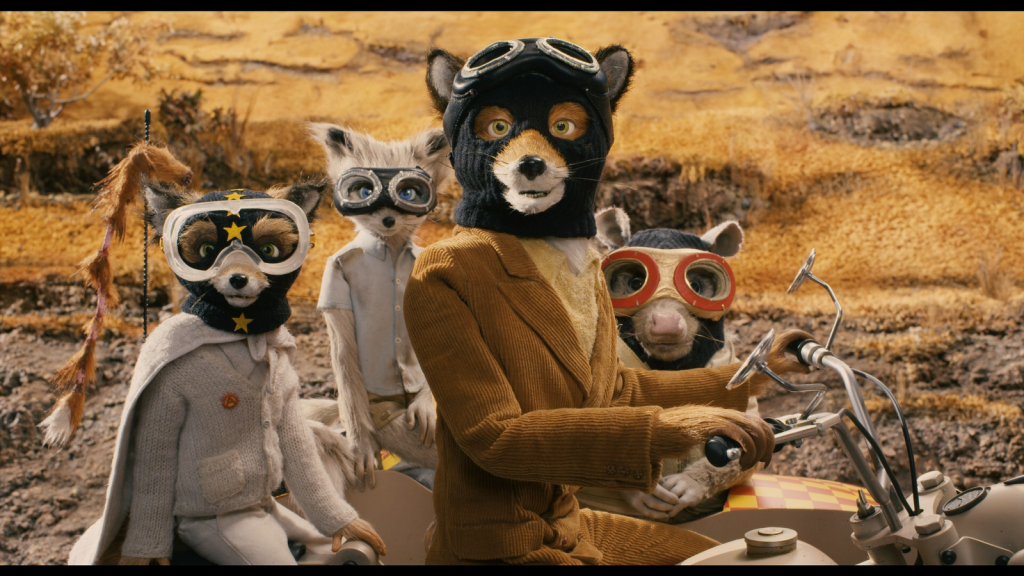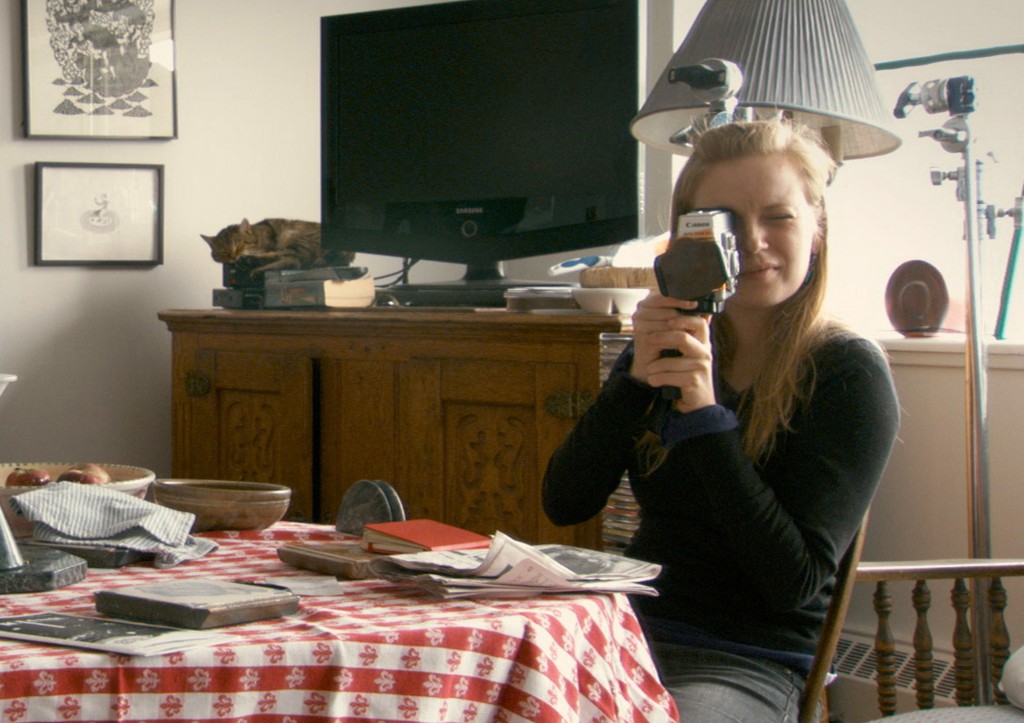How to (Begin to) Read a Film

Film form: the general system of relationships among the parts of a film.
–Bordwell and Thompson, Film Art
Some useful considerations and concepts for the study of film:
1. A film is not a novel or a play or a story or a poem or an essay, even if it is based on or adapted from any of those forms. Film is a very different formal animal; the medium of film can do a myriad of things other forms cannot. Because of this, thoughtful film study requires approaching the text with a unique set of questions if one is to understand the layers of meaning every film contains.
2. Thoughtful film study demands the student adopt an active, searching, analytical relationship with the film. Such a posture is precisely the opposite of the perspective of a large percentage of individuals who see and enjoy films.
3. Thesis: film form is film content. Film form is the HOW a film is shot, as opposed to WHAT is shot. The way a film is constructed is through a complex series of formal tools and relationships. The meaning of a film is inseparable from the way it is shot. To discuss only WHAT happens in a film (leaving out the HOW it is shot) can be worthwhile, but it is not treating a film as a film—film study.
4. Film as a complex art form has its origin in two opposing impulses—cinematic realism and cinematic formalism. Realists generally try to preserve the illusion that their film’s world is unmanipulated. Realism in film purports to be an objective mirror of events in the outside world—the camera simply records events without altering their essence. Realists tend to use the camera conservatively and they emphasize content over form or technique. Formalists flaunt manipulation and deliberately shape or even distort content within their film’s world. Formalism in film is stylistically flamboyant and pursues subjective representation and experience. Formalism embraces active camera technique and generally emphasizes formal aspects over content, thus shaping the meaning of the content.. Formalism alters the “objective” status of content by exploiting the potential of technique and medium.
5. Most American films adhere (mostly) to the continuity system of editing/filmmaking, a visual/aural storytelling style that strives to smooth the linkages between the parts and progressions within the film, and hence the comfort and comprehension of the audience.

A film’s frame (the entire image and/or a single frame on the film itself) contains many kinds of information related to the management of the physical space. Similarly, temporal factors are managed via the editing process. To understand the complexities of a film and to treat it fairly as a text, one must employ cinematic concepts and ask cinematic questions. The following questions are a solid way to begin:
- What is the camera doing? How far away from the subject is the camera? Is the image a distance (long) shot or a close-up or somewhere in between? Is the shot stationary or moving? If moving, how is it moving? A pan, track, tilt, zoom? Is the camera looking up or down on its subject? Is the frame level or canted? Assume every frame involves dozens of premeditated decisions designed to convey meaning. What do the properties of the camera—cinematography—suggest in terms of the film’s content?
- What are the elements in the frame—mise-en-scene? This consists of all the elements placed in front of the camera to be photographed. The four main areas of mise-en-scene are 1) setting and props, 2) costumes and make-up, 3) lighting, 4) figure behavior and movement. Crucial information is communicated via each of these formal aspects. What is in the frame and what does its inclusion suggest
- What is the editing pattern? Does the film employ quick cuts or long takes? Are their many separate shots or few shots with a long elapsed time between cuts? What transitional elements are in use between scenes or shots—cuts, dissolves, fades? Is more than one story told via crosscutting? Does the frequency of cuts remain constant, speed up or slow down? Is film speed manipulated?
- What is occurring with the sound? Cinematic sound consists of three aspects—1) score, 2) noise or sound effects, 3) dialog. Does sound accompany or control a scene? Does it enhance or compete with a shot? How? In what ways does each element of cinematic sound advance or offer meaning?
Approaching film with these four broad categories of inquiry will reveal a great deal of layered meaning in the film’s formal elements. Isolating the categories of inquiry is a useful way to generate specifics, so it is often useful to approach a film several times with different questions each time. Assembling readings with varying formal emphases into a complex reading will more closely reflect the complex system of relationships that is film form. In the end, the information and meaning you get from a film has a lot to do with the questions you ask of the film.